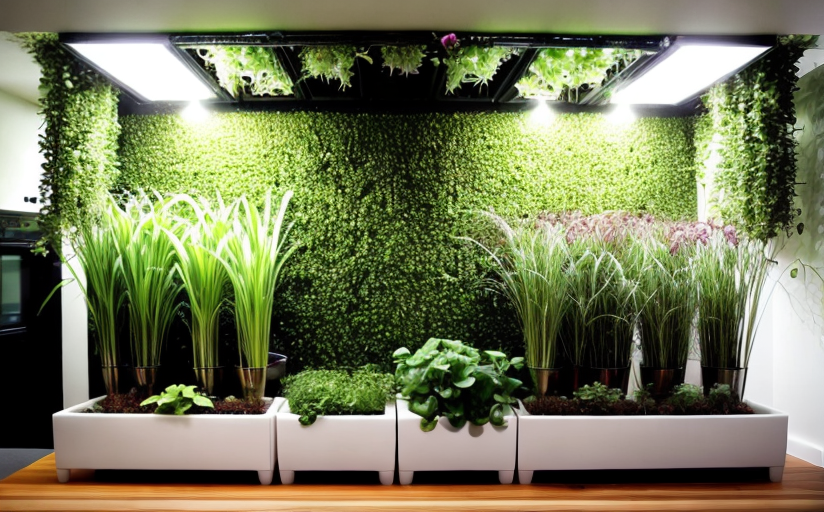Innovative Microgreen Gardening in Small Indoor Spaces
As we continue to experience urbanization and increasing population densities, innovative solutions to address our need for green spaces and homegrown food sources are emerging. One such innovative solution is microgreen gardening, especially in small indoor spaces. Microgreen gardening, a novel form of urban agriculture, is rapidly gaining popularity due to its eco-friendly nature, health benefits, and adaptability to limited spaces.
What is Microgreen Gardening?
Microgreen gardening involves growing herbs, vegetables, and other leafy greens from seeds. These plants are harvested during their early growth stages, shortly after the cotyledon leaves have developed. These miniature leafy vegetables, colloquially known as microgreens, are packed with vitamins, minerals, and antioxidants, making them an ideal choice for a healthy diet.
Benefits of Microgreen Gardening
Microgreen gardening offers numerous advantages. For health-conscious individuals, microgreens provide a rich source of necessary nutrients. Environmentally, microgreen gardening contributes to waste reduction and helps decrease carbon footprints. Space-wise, microgreens are perfect for gardening in small areas, making them an ideal choice for urban dwellers and apartment inhabitants with limited gardening space.
Innovative Techniques for Microgreen Gardening
There are many innovative techniques to favorably implement microgreen gardening in limited indoor spaces. For instance, vertical gardening maximizes the usage of available space by stacking growing trays vertically. Another method integrates hydroponic systems, which allows plants to grow in water rather than soil, cutting down mess and maintenance. Furthermore, utilizing under-utilized spaces, such as windowsills and shelves, can also provide ample room for cultivating microgreens.
Choosing the Right Microgreens
When it comes to choosing the plants for indoor microgreen gardening, several factors need to be considered. The plants should be suitable for indoor growth and be able to thrive in limited light conditions. Some ideal microgreens for indoor cultivation include radishes, lettuce, kale, mustard greens, and spinach. These plants are not only nutritious but also add a colorful and lively touch to any indoor space.
Care and Maintenance
Maintaining a healthy indoor microgreen garden requires specific attention to lighting, watering, and temperature. Although microgreens can adapt to low light conditions, they perform best when exposed to ample sunlight or artificial light. As for watering, taking care not to overwater is crucial, as it can lead to root rot and mold. Lastly, temperature control is essential to ensure the optimum growth of microgreens.
In Conclusion
Microgreen gardening offers a sustainable and enriching gardening method for those living in urban spaces. By innovatively cultivating microgreens indoors, individuals can enjoy the benefits of fresh vegetables while contributing positively to the environment. Indeed, microgreen gardening is an adaptable, versatile, and earth-friendly option for modern urban dwellers.

















Comments
Leave a Comment